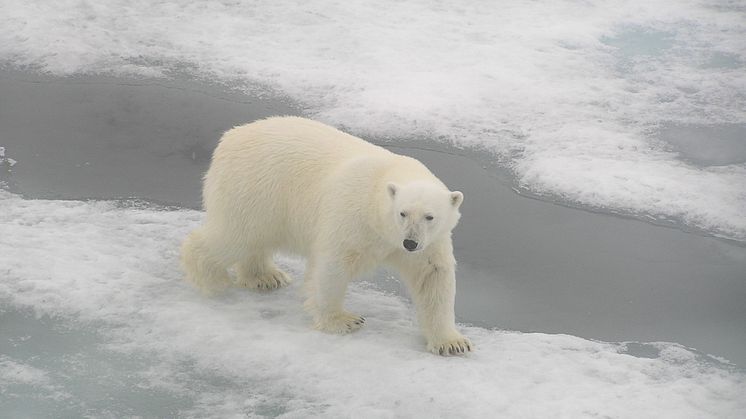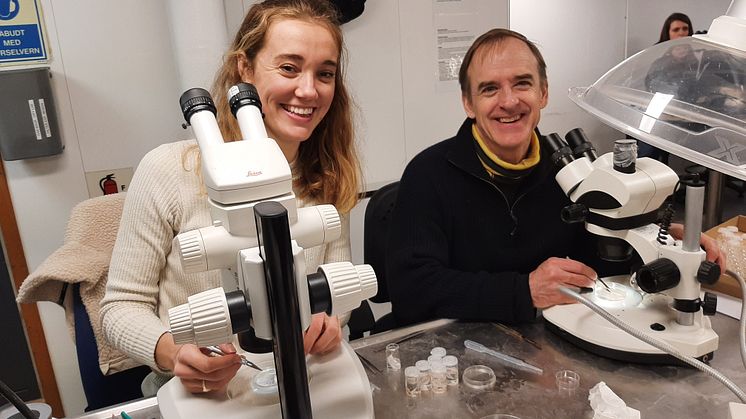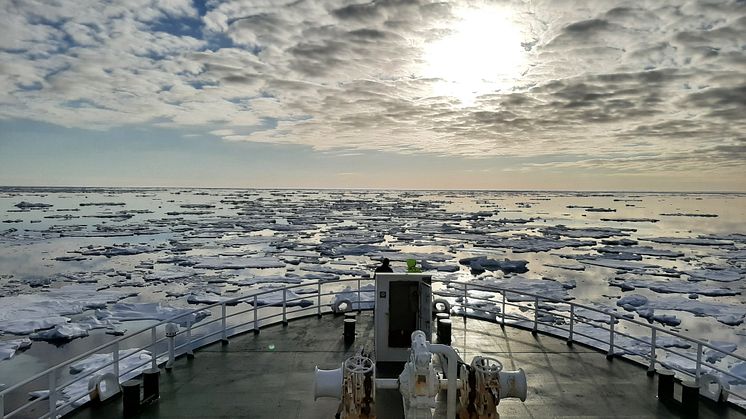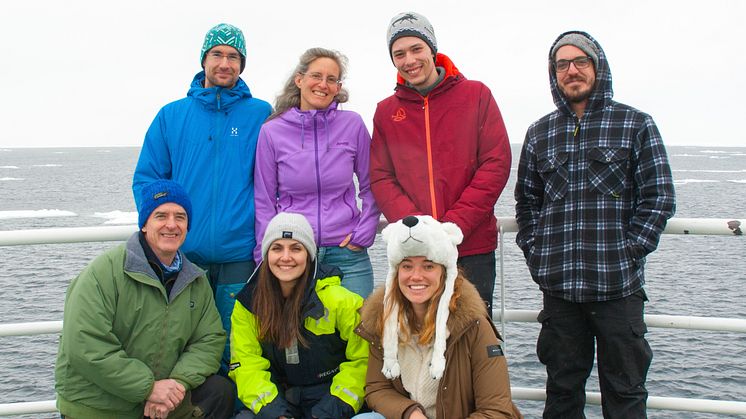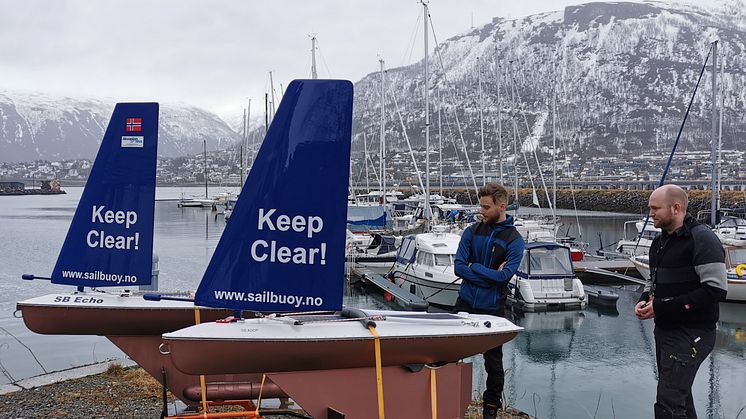
Nyhet -
Low-Cost Upper-Layer Ocean Current Measurements
Ocean-based industries are in demand of current measurements
Upper-ocean current measurements are time consuming and expensive and the coverage of in situ measurements is sparse. Numerical models and remote sensing observations are dependent on verification with in-situ data. Ocean-based industries as well as research institutes are interested in well-modelled upper-layer ocean currents, as currents affect offshore infrastructure, shipping, oil spills, and the capability of modelling the trajectory of missing persons or boats at sea. In coastal areas, the knowledge of currents is increasingly important when considering beach erosion, transport of suspended matter like aquaculture waste or plastics, forces acting on marine structures, and navigational safety. Since models do require in situ data for improvement and verification, our ongoing research, is aimed at reducing costs and resources used for current measurements. This work will provide available, robust, and accurate data which is in high demand.
Cost effective and environmentally friendly research vehicles
Small unmanned autonomous vehicles have started complementing or even replacing traditional ocean observations as they require less power, ship time, and crew and provide an environmentally friendly and efficient alternative to the traditional methods. For that reason, the board of the project "Glider Phase I" owned by Akvaplan-niva (2017-2020) and the Research Council of Norway have financed Aanderaa Data Instruments AS and its partners, Offshore Sensing, the Norwegian Meteorological Institute and Akvaplan-niva to fabricate a Sailbuoy rigged with an Aanderaa ADCP (acoustic Doppler current profiler) and to test, optimize and validate the approach.
The results of the technology development and validation can be found in a scientific paper published as open access in the journal Sensors: https://doi.org/10.3390/s22155...
The benefits of ADCP on a Sailbuoy
The Sailbuoy (SB) is propelled solely by wind and designed for long-term autonomous operations for oceanographic and meteorological research objectives inshore and offshore. Its navigation and endurance capabilities have been widely tested, showing, even in the rough environmental conditions of the North Sea and the Barents Sea, a high resilience against wind, waves, and extreme temperatures. The SB can be equipped with different sensors, while the necessary energy for navigation and instrumentation is provided by solar panels as well as batteries, allowing it to be autonomously at sea for several months. The vehicle has been designed for easy deployment and recovery and has been kept simple and light to prevent it from getting caught up in debris or cause damage to existing infrastructure at sea, e.g., moorings. With its small size the SB represents a small risk to maritime traffic. Today, the Sailbuoy enables current measurements of surface layers which are usually, especially by shipborne ADCPs, not measurable since the instruments are located further down the ships’ hull. With bottom-mounted/moored ADCPs there is also a challenge related to interference from the surface in the case of. In 2021 and 2022 missions the SB was used by Akvaplan-niva to collect ocean current information at the Polar Front North of the Barents Sea. This was part of the PolarFront project financed by the Research Council of Norway (Petromaks2), Equinor and ConocoPhillips .

